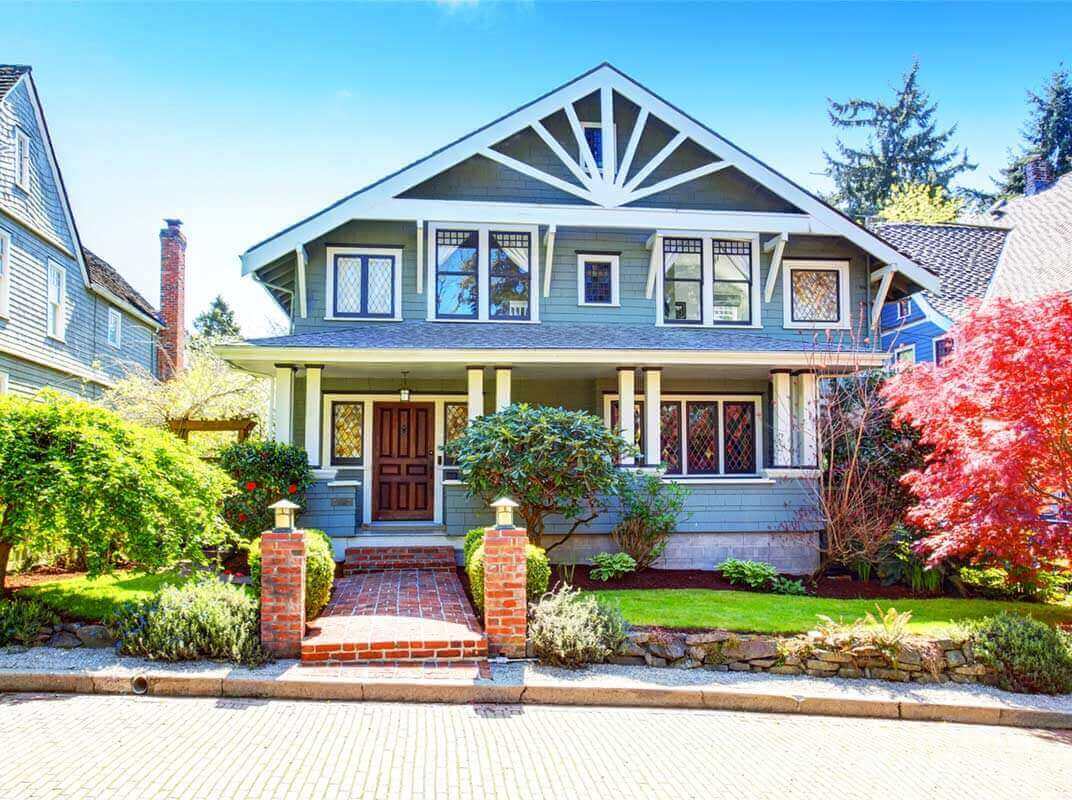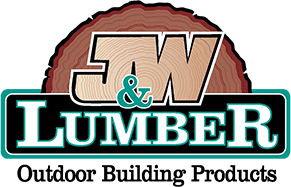
Trim is the finishing touch that creates each home’s distinctive style. Like the frosting on a cake or the exclamation point on the end of a sentence, trim isn’t the main foundational element of a structure, but it’s an important part of a home’s unique charm. Exterior trim is mostly decorative, meaning, it serves no structural support purpose for a house. Yet, without it, a building can look ramshackle, slapped together, and unfinished. Without trim, a home just looks “wrong.”
Break up the monotony
Without exterior trim, your house would just be a series of uninterrupted surfaces. Trim is used to highlight certain features of a structure, creating a focal point that adds character and depth. Lack of trim wouldn’t be a building code violation necessarily, but trim takes on the important role of finishing connections and seams around windows, doors, and other breaks in your home’s exterior. This, in turn, keeps moisture and other pests out of the more vulnerable areas of your home’s inner structure.
Trim should be placed in essentially every location where two surfaces join or change direction. Depending on the complexity of the exterior of a home, trim can frame out many types of surface. The most common uses for trimming are:
- Between roof fascia and soffit
- Between soffit and siding
- Around windows
- Around doors
- Inside corners
- Outside corners
- Base of exterior walls
- Around railing posts
Resisting moisture
Though trim is primarily a decorative element, it does serve another important purpose: to inhibit contact between moisture and key elements of a structure. A house’s exterior siding generally doesn’t sit flush against the moist ground. There is a usually a small gap that is bridged by trim. Though the main aesthetic purpose of trim is to look good, the main functional purpose of trim is to protect the other exterior building materials from being compromised by moisture ingress.
Natural vs. synthetic
Wood is the original trim product and there are lots of options that look great and fit every budget. Wood tends to bring a warmer, more natural look to the trim and, if left unpainted, add unique character. Common woods used for exterior trim are:
- Fir – Affordable and widely used
- Pine – Inexpensive and easily malleable (for connections that aren’t straight or level)
- Cedar – Lightweight, resists insects and rot
- Redwood – Pricey but visually appealing and naturally weather-resistant
Synthetic trims, on the other hand, have been carefully engineered for extreme durability and require little to no maintenance. Synthetic trims also have the advantage of being entirely uniform, so you’re not stuck with warped or worn trim that you’re forced to scrap.
Azek Trim is a popular manufactured trim for homes of all styles. It’s made of cellular PVC that has been specially developed to resist moisture from weather and earth much better than wood trim. Another popular manufactured option comes from housing materials giant Boral. Their TruExterior® Poly-ash trim product is made from proprietary polymers and coal ash that is not only impervious to moisture, but it’s also made from more than 70% recycled materials.
Contrast is key
Exterior trim should stand out from your siding color, so it makes the look of your house stand out. The goal is to find a contrasting color in the same family to create variation without being distracting. Except in the case of white or another ultra-light-colored siding, trim is usually lighter than siding. If in doubt, a warm white is usually a safe option for nearly every exterior house color. Homes with more offbeat character—like quirky Victorian styles—have a little more latitude get creative with color mixing and matching.
Updating a home’s trim can create an aesthetic pop that really ups curb appeal. As with any decorate element, the options for creativity are limited only by your imagination. By choosing appropriate weather-resistant materials and selecting a color that stands out from the rest of the exterior surfaces, the right trim can keep your house looking fresh and ship-shape for years to come.
